Canines Confused About Their Roles
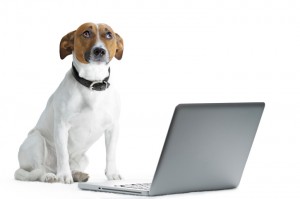
This article took root around the time Charles Schulz passed away. I was watching a special, and they were talking about how Snoopy paved the way, and liberated other animated animals from their so-called limitations.
It occurred to me that reality was truly imitating art, since so many of us treat our pets like they are people.
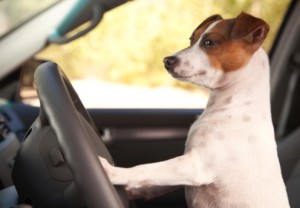 The passing of Charles Schulz and the slow slipping of Snoopy into the world of reruns has been met with much sorrow. Recently many have been pondering the merit of Schulz’ work and his impact on the art world. Perhaps more intriguing is what he and other cartoonists have done for the empowerment of the animal kingdom.
The passing of Charles Schulz and the slow slipping of Snoopy into the world of reruns has been met with much sorrow. Recently many have been pondering the merit of Schulz’ work and his impact on the art world. Perhaps more intriguing is what he and other cartoonists have done for the empowerment of the animal kingdom.
A fellow cartoonist in a television tribute to Schulz implicated him as a contributor to the evolution of cartoon animals from four legged friends to creatures of stance. Snoopy was also credited with embodying behaviors and thoughts we attribute to our own animals.
All Dogs Go To Heaven, Dr. Doolittle and Babe have exploredthe depth of the animal condition in the film.
 Many cartoon animals have acquired voices and been personified, not unlike our pets, who now sport clothes, beg for gourmet treats, have themselves professionally groomed, see doctors for shots and even visit psychiatrists.
Many cartoon animals have acquired voices and been personified, not unlike our pets, who now sport clothes, beg for gourmet treats, have themselves professionally groomed, see doctors for shots and even visit psychiatrists.
Our artists have often been ahead of the times, sending the subtle pulsing of the world to come. Could our pets one day develop into an upright breed?
Would this be a more extraordinary transformation than what has occurred in human history? It is doubtful prehistoric man imagined our present condition, that his early grunts would give rise to an “advanced” written and verbal communication system.
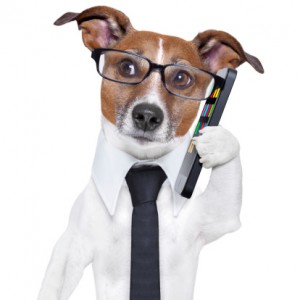 Our petsclearly communicate. Birds speaks and others have definitive sounds for anger, pain and joy like their human friends And we communicate with them. Many owners will admit that they walk to their pets
Our petsclearly communicate. Birds speaks and others have definitive sounds for anger, pain and joy like their human friends And we communicate with them. Many owners will admit that they walk to their pets
Animation is not alone in humanizing the animals in our lives. Movies and books have also been instrumental in illustrating three-dimensional animals.
Author Neale Donald Walsch in Conversations with God supported a belief in the existence in the animal soul. James Van Praagh in Talking with Heaven spoke of an animal existence after death. All Dogs Go To Heaven, Dr. Doolittle and Babe have explored the depth of the animal condition in the film. A recent television commercial features a car and career-driven canine.
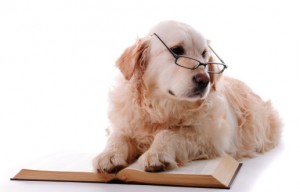 Is it just a fanciful fictional concept, or are we seeing beyond their feathered, furry fronts and recognizing an emotional and intelligent being in our animals?
Is it just a fanciful fictional concept, or are we seeing beyond their feathered, furry fronts and recognizing an emotional and intelligent being in our animals?
The mere existence of strong animal characters, according to psychological tradition, would have them affecting the consciousness of a world that allowed such figures to flourish.
A cursory glance at the English language reveals an overabundance of animals-inspired expressions. It would seem we have animals on the brain, and liken their condition to our own. When we find a person’s criticisms “petty” we describe them as “catty.” We find humans “sheepish,” behaving like “rats” and describe ourselves as being “in the doghouse.” We have been known to refer to our work world as “a rat race.”
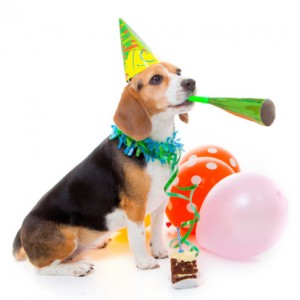 Interestingly, the name we’ve given to canines is “god spelled backwards, perhaps a reminder of the way we revere our furry friends. We show them indirectly, by giving them names like Sam and Max, that we at least believe in their humanity.
Interestingly, the name we’ve given to canines is “god spelled backwards, perhaps a reminder of the way we revere our furry friends. We show them indirectly, by giving them names like Sam and Max, that we at least believe in their humanity.
What is going on in the animal kingdom?
Many pampered pets are taking over the home, becoming increasingly possessive and territorial, using an imposed, permanent version of birth control, being given human names and treated like people. For better or worse, they are behaving like humans.
Perhaps this is an adverse side effect of their continued companionship with our race? Fortunately they seem to have retained at least some of their natural instincts and are reluctant to acquire some of our habits. Read more…
